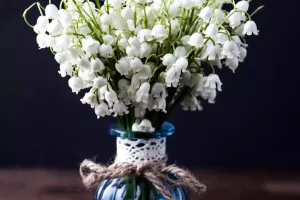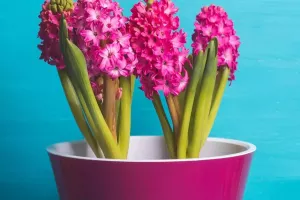Cherry blossoms are native to the temperate zone around the Himalayas in the northern hemisphere and grow all over the world, mainly in Japan. Each branch has 3 to 5 flowers. The apex of the petals is notched, and the flower colors are mostly white and pink. Flowers often bloom with leaves or after leaves with the change of seasons.
Cherry blossoms are temperate and subtropical tree species, which like sunshine and warm and humid climate conditions. The requirements for soil are not too strict. They are suitable to grow in loose, fertile, and well drained sandy loam, but they are not resistant to saline alkali soil. Shallow ponding is forbidden in low-lying land. They have certain cold and drought resistance, but weak resistance to smoke and wind, so they are not suitable to plant coastal areas with typhoons. Cherry blossoms have delicate and fragrant colors, which are often used in gardens.
Wild cherry blossoms were born in the Himalayas millions of years ago, but the modern ornamental cherry blossoms were bred by the Japanese many years ago. After being artificially cultivated, this species was gradually introduced into the Yangtze River Basin, Southwest China, and Taiwan Island. During the Qin and Han Dynasties, the royal family of the court had planted cherry blossoms, which has a cultivation history of more than 2000 years.
Japan deeply admired the brilliance of Chinese culture and the cultivation and appreciation of cherry blossoms. Cherry blossoms were brought back to Japan by Japanese pilgrims along with architecture, clothing, tea ceremony and kendo. Nowadays, Japanese cherry blossoms are too famous, they have cultivated world-class varieties, so cherry blossoms always usually refer to Sakura or cherry varieties with Japanese characteristics to a certain extent. After the Himalayan cherry blossoms were introduced to Japan, they have continuously increased their varieties under careful cultivation and become a rich cherry family. After becoming the national flower of Japan, they are more cared for and cultivated, and higher varieties with stronger appreciation appear.
Cherry blossom is a symbol of love and hope and one of the representatives of Japan. In Japan, it is said that a long time ago, there was a fairy named " konohana sakuyahime" (meaning Cherry Blossom in Japanese). One November, the fairy set out from Okinawa, passed through Kyushu, Kansai, Kanto, and other places, and arrived in Hokkaido in May the next year. Along the way, she scattered a flower symbolizing love and hope all over every corner. In memory of the fairy, local people named the flower "Sakura", and Japan has become a "country of cherry blossoms".


